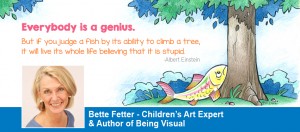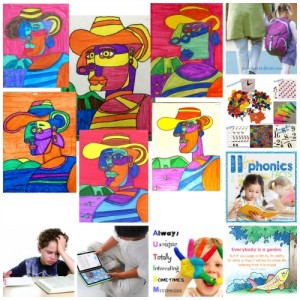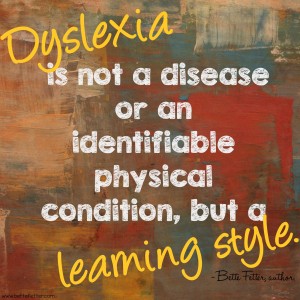Top Facebook Posts for January
 In case you missed them on our Facebook page, here are our top posts in January! Be sure to LIKE the Bette Fetter Facebook page (if you haven’t already) to join in the conversation.
In case you missed them on our Facebook page, here are our top posts in January! Be sure to LIKE the Bette Fetter Facebook page (if you haven’t already) to join in the conversation.
 In case you missed them on our Facebook page, here are our top posts in January! Be sure to LIKE the Bette Fetter Facebook page (if you haven’t already) to join in the conversation.
In case you missed them on our Facebook page, here are our top posts in January! Be sure to LIKE the Bette Fetter Facebook page (if you haven’t already) to join in the conversation.






In the video Dr. Matthew Peterson shares some great insights on why the current language heavy approach to teaching math is not working, especially for children that learn visually and conceptually. In answer to these challenges, their group, The Mind Research Institute has developed math-learning software to use in the classroom and is yielding impressive results. This video includes examples of their software – which I must admit – move way too fast for me to fully grasp. But when seeing the children working and discussing, in front of their computers, the programs seem to move at a pace that invites engagement and understanding.
